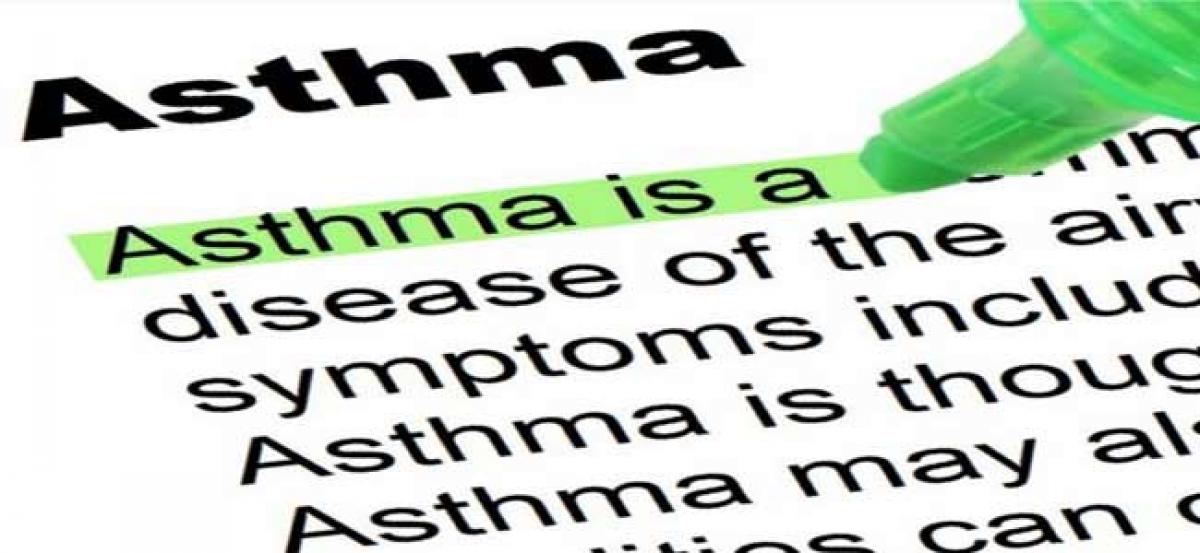Does Paracetamol use in infancy increases risk of asthma?

Turns out, children who take paracetamol during their first two years of life may be at a higher risk of developing asthma by the age of 18, especially if they have a particular genetic makeup
Washington D.C. [USA]: Turns out, children who take paracetamol during their first two years of life may be at a higher risk of developing asthma by the age of 18, especially if they have a particular genetic makeup.
According to a new research presented at the European Respiratory Society International Congress in 2018, the link between paracetamol use and asthma seemed strongest in those who had a particular variant of the glutathione S-transferase (GST) gene, GSTP1.
However, study author, Xin Dai, warned that the research showed only that there was an association between paracetamol and asthma, not that paracetamol caused the condition. She also found that another GST gene variant, GSTM1, was linked with reduced lung function.
GST genes contain the instructions for making enzymes that use an antioxidant called glutathione to mop up the effects of exposure to toxins in the body and the lungs. This mechanism helps to prevent damage to cells and inflammation.
"Paracetamol, on the other hand, consumes glutathione, reducing the body's capacity to deal with toxic exposure.
We hypothesized that people who did not have full GST enzyme activity because of common genetic variations or deletions may be more susceptible to adverse effects on the lungs from paracetamol use," explained Dai.
Dai and her colleagues investigated their hypothesis in 620 children who had been followed from birth to 18 years old as part of the Melbourne Atopy Cohort Study.
The children had been recruited to the study before they were born because they were considered to be potentially at high risk of developing an allergy-related disease. They had at least one family member (mother, father or sibling) with a self-reported allergic disease (asthma, eczema, hay fever or a severe food allergy).
After their birth, a research nurse rang the family every four weeks for the first 15 months, and then at 18 months and at two years old to ask how many days in the previous weeks had the child taken paracetamol. When the children were 18 years old, they gave a blood or saliva sample, which was tested for variants of the GST genes: GSTT1, GSTM1, and GSTP1. They were also assessed for asthma, and a spirometry test was performed to measure the amount of air inhaled and exhaled when breathing through a mouthpiece.
"We found that children with the GSTP1 Ile/Ile variant had 1.8 times higher risk of developing asthma by the age of 18 years for each doubling of the days of paracetamol exposure when compared to children who were less exposed," said Dai.
"We also found effects in children who had a variant of GSTM1 in which one part is not functioning. In these children increasing paracetamol use was associated with small, but significant reduction in the amount of air they could forcibly breathe out in one second at 18 years," added Dai.
The findings provided more evidence that paracetamol use in infancy may have an adverse effect on respiratory health for children with particular genetic profiles and could be a possible cause of asthma.




















